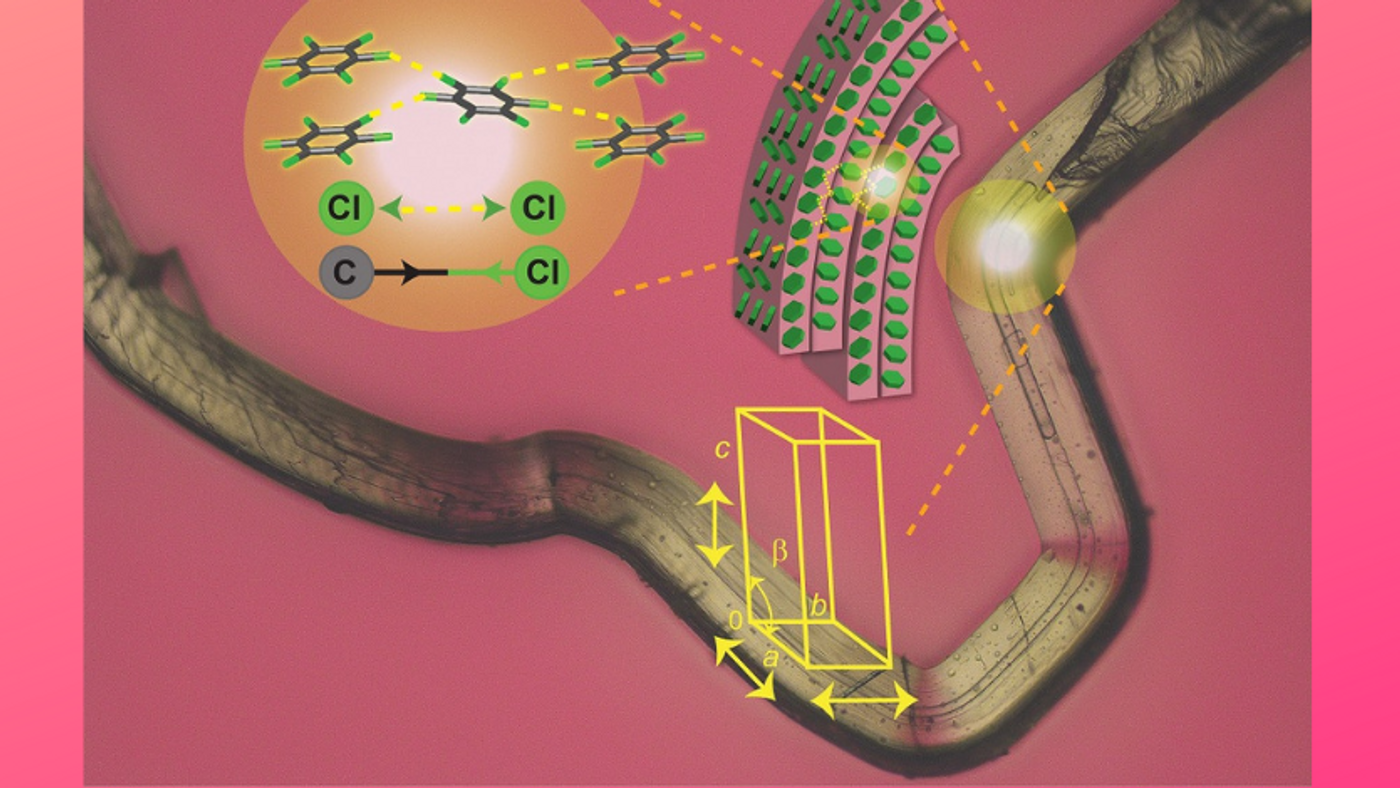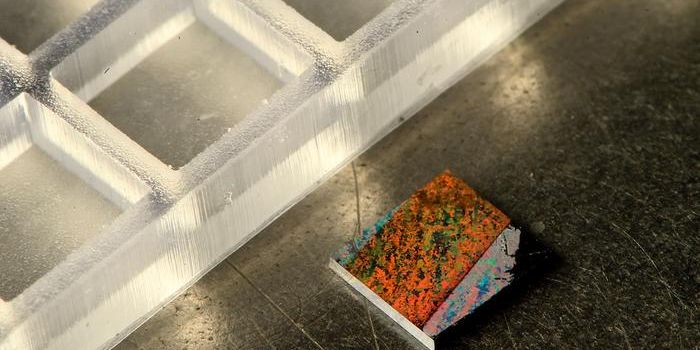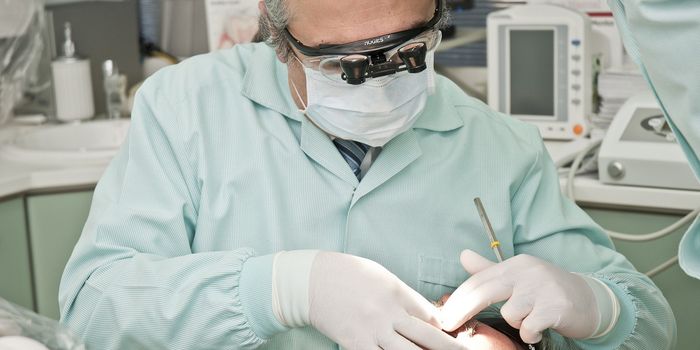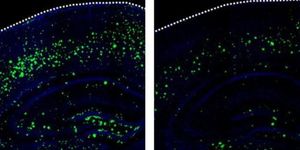"Jumping Crystals" the Microscopic Acrobats
Often compared to the kernels popping and bouncing under the heat conveyed through microwave, the thermosalient ("thermo" relates to heat
whereas "salient" means pointing outward of an angle) effect, describes a seemingly wicked microscopic phenomenon. After absorbing photonic energy, certain chemical crystals exhibit forceful tumbling and jumping motion across so what a great distance, hence the nickname "Jumping Crystals".
First discovered in the 1980s, this little-known phenomenon has been gaining traction in the last decade, thanks to Dr. Panče Naumov who's now a chemistry professor at the New York University Abu Dhabi. Naumov has been dedicating a lot of effort to understanding the thermosalient effect since he was a postdoctoral researcher.
In 2010 when working with a derivative of green fluorescence protein (GFP) chromophore, he observed an unconventional photomechanical response: a small crystal of the fluorescent compound bent to over 90 degrees when exposed to deemed light.
In a later work, Naumov and coworkers used the crystals of the cobalt coordination compound in their study of the photo-induced thermosalient effect. In response to ultraviolet light stimulus, the crystals were found capable of leaping over distances that are over a hundred times of their own size, due to the buildup of energy within their structures. They proposed that the "jump" was so strong that it could be utilized for actuation purpose, in another word, to operate machines.
In 2017, in collaboration with scientists at the National Chemical Laboratory in India, Naumov and colleagues probed the thermosalient behavior of naphthalenes. Their X-ray data showed that heat can trigger the form transition of the crystals of naphthalene, which cause the "arms" of the molecule to open and close, and the entire crystal to jump or disintegrate.
As more results of the thermosalient effect research accumulate, scientists start to gain a better understanding of the chemical mechanisms that underpin the "jumping crystals". Even though it is still difficult to predict which compound can form jumping crystals and which cannot, Naumov and many others hope that one day they can utilize the acrobatic features of the jumping crystals to make switch fluid valves or power artificial muscles.
Crystals jump and explode in ultraviolet light (NewScientist)
Source: C&EN/New Scientist









